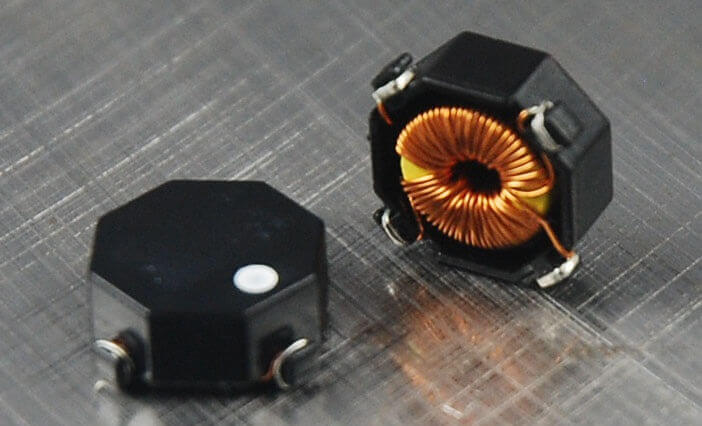How to Enhance the Design of Power Inductors?

Inductors help electrical applications that convert power efficiently by storing energy and reducing core losses. Designing a power inductor is complex since it involves multiple factors. So it's important to keep these factors in mind while designing power inductors.
Here are five tips to help improve inductor performance:Switching Frequency Levels Integrated circuits (ICs) typically have a switching frequency range from 20 kHz to 2MHz, which is much wider than many regulators. Certain material (ferrite, powdered iron, specialty iron alloyed powders) enhance frequency levels. Powdered iron and ferrite materials are useful for switching frequency from 100 to 1000 kHz. Switching frequencies about 1000 kHz can be achieved with specialty iron alloyed powders and ferrite materials.
Power Loss Reduction The primary objective of an inductor is to keep power loss in an application to a minimum. The inductor value reflects an inverse relationship with the ripple current, which is the excess DC current output. Analyzing the ripple current can help reduce core losses. Inductance value is higher when the ripple current is smaller and when the inductance value is lower, the ripple current is higher.
Inductor Load Calculations Simulation software provided by the manufacturer allows for inductor load calculations of the ripple current load and the DC current load. In order to avoid confusion, study the data sheet specifications.
DC Resistance Reduction DC resistance level must be kept low to avoid wire heating losses. Common small sized inductors with small gauge wires can increase resistance due to wires with smaller diameter. You must use judgement to balance between minimal resistance and power storage capabilities. DC resistance can be maintained with minimal temperature increase and high inductance usually need alternative conductor materials.
Choosing Proper Inductor Type Problems with unshielded power inductors can result from winding coupling magnetically with close components and conductor traces. This scenario can be prevented by using a magnetically shielded power inductor that isn't designed with circuit boards above the component or with any traces under components. Placing an air gap between components can resolve the issue.


